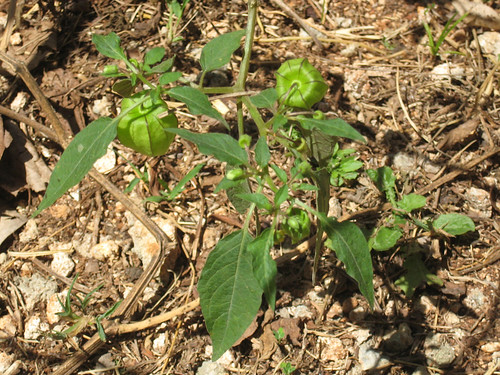Editor’s note: This entry was adapted and reprinted with permission from “Cultural Traditions,” from the Hale’-ta Series, Department of CHamoru Affairs, Government of Guam.
Two categories of healers
The ancient Chamorros/CHamorus were generally healthy people. They were well built and appeared to be very healthy by visitors to the islands. They did not suffer from diseases like smallpox, influenza or the plague until Westerners came to the island. However, it is documented that Hansen’s Disease or leprosy was present before European contact.
On occasions when Chamorros become ill or injured, they attributed their ailments to an evil spell or disrespectful behavior toward nature.
There were two categories of healers in the ancient Chamorro society: the suruhånu (suruhano is a variant spelling) or suruhåna and the makåna and kakahna. The makåha and kakahna were shamans who had magical powers. They performed rituals over the ancestors’ skulls to assure a good harvest or catch of fish, and they could cast an evil spell or revenge on a person by using the person’s body waste. For this reason, Chamorros were careful of the manner in which they disposed their body wastes. Today, there are no makåha or kakahna practicing this type of magic as Christianity put an end to their practice.
Natural healers
The suruhånu and suruhåna use different kinds of plants and natural materials – håle’ yan hågon siha (roots and leaves) to make medicines. These plants may be taken from around their homes or from the hålomtåno’. It is said that they are the only ones who can safely take these plants from the hålomtåno’ without incurring the wrath of the taotaomo’na.
For this reason, they keep their formula a secret. Some of their most effective remedies include: åmot tininu, åmot maipe, åmot gine’he, åmot påsmo, and others.
The suruhånu and suruhåna treat a range of cases – broken bones or sprained ankles, fever, sores in the mouth, rashes, and chetnot maipe yan tabatdiyu (ailments attributed to the taotaomo’na). Their techniques include making the patient drink specially formulated herbal drinks, or rubbing on a specially prepared palai (ointment) made of a ground mixture of herbs and låñan niyok (coconut oil). Their palai has been found to be most effective. Suruhånu and suruhåna also engage in hard and light massages.
Today, the home-brewed åmot tininu is very popular and effective. Here’s the recipe:
Åmot Tininu
3 håle’ tinanom katso
3 hagon alageta ni matai (ånglo’)
3 hagon pågo ni matai (ånglo’)
4 grånon hagon atmagoson hålomtåno’
1 kostat chå
2 buteyan hånom
Na’fandaña siha i hagon yan håle’ ya un na’lokklok asta ki gof agaga’ i hanom. Kula i charera pat buteya ya un gimen un båsu gi egga’an yan pupuengi. Gimen dos biahi gi ha’åne.
Refer to “Hale’-ta: CHamoru Cultural Glossary” for translation.






